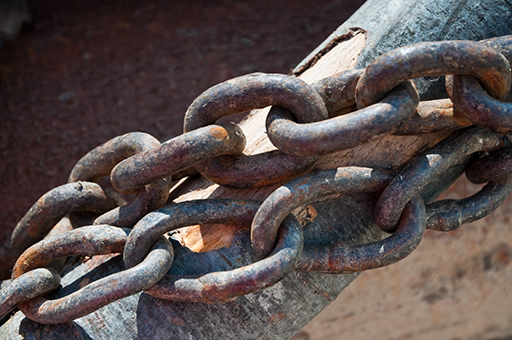5 Suppliers and the supply chain
Think of a factory making car parts, a bakery producing loaves of bread or even a hospital treating patients. None of them has everything on hand all the time to do its core business and, in at least two of the examples, the process of getting goods or services to the customer does not finish on the premises. You will now look at these examples in more detail.
The factory turning out car parts will have to buy in various raw materials – metals, plastics, glass, etc. – plus the machinery and equipment required to fabricate the higher value parts its customers might want for their cars. The bakery, similarly, will have to obtain flour, salt, eggs, water, fillings such as fruit and meat, and other raw ingredients that can be used to create various baked products. Even the hospital relies upon supplies of many products to perform the various medical functions that it undertakes. These will include specialised machinery and equipment, beds and furnishings, food, drugs and medicines, uniforms and many other items – and that’s before considering things such as blood, serum and replacement body parts!
What links all these examples, however, is that they all rely on supply chains – sequences of suppliers – to furnish them with the raw materials they need to function effectively.
Oxford Dictionaries defines a supply chain as ‘the sequence of processes involved in the production and distribution of a commodity’ (Oxford Dictionaries, 2021). Many supply chains will comprise a variety of organisations, each adding their particular element to the overall mix before the final products – whether these are car parts, bread and cakes, or even the good health of the population – are complete.
Activity 7 Stages in the supply chain
Consider the example of a child’s plastic football. Think about all the stages involved in its production, from raw materials to final sale, and list as many as possible below. The first and the last stages are provided for you.
Comment
The answer below is not intended to be definitive, just an example. You might have identified more than nine stages – if so, well done. You may also have spotted that the transport necessary to move the plastic and, eventually, the ball from one place to the next are also important stages in the supply chain.
Stage 1 Oil extraction
Stage 2 Refining of oil
Stage 3 Conversion of oil into plastic
Stage 4 Transport to factory
Stage 5 Moulding into ball at factory
Stage 6 Transport to warehouse
Stage 7 Storage in warehouse
Stage 8 Transport to shop
Stage 9 On sale in shop
The supply chain is an important element in the operations of an organisation and paying attention to this will affect an organisation’s overall performance and well-being.

